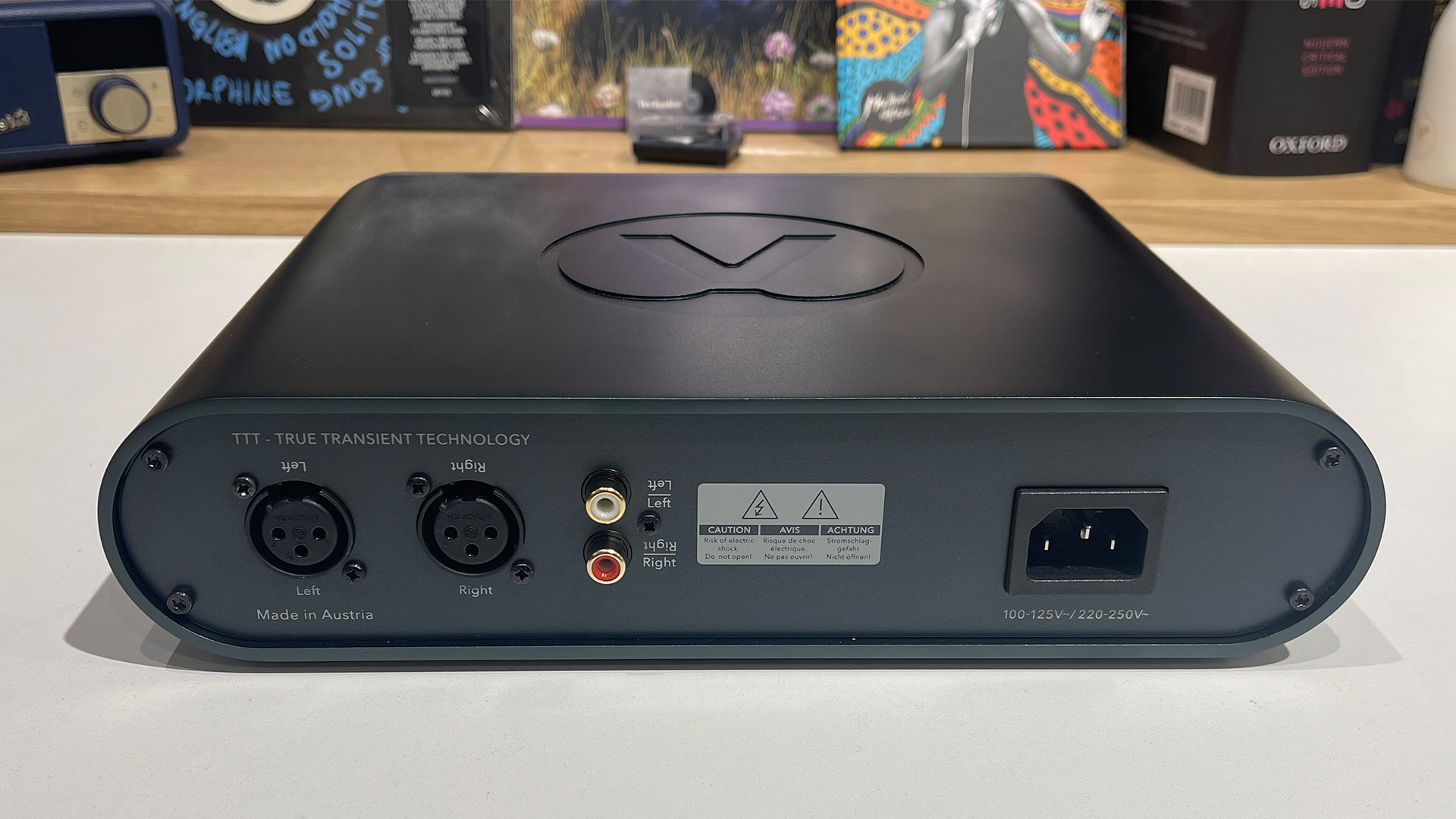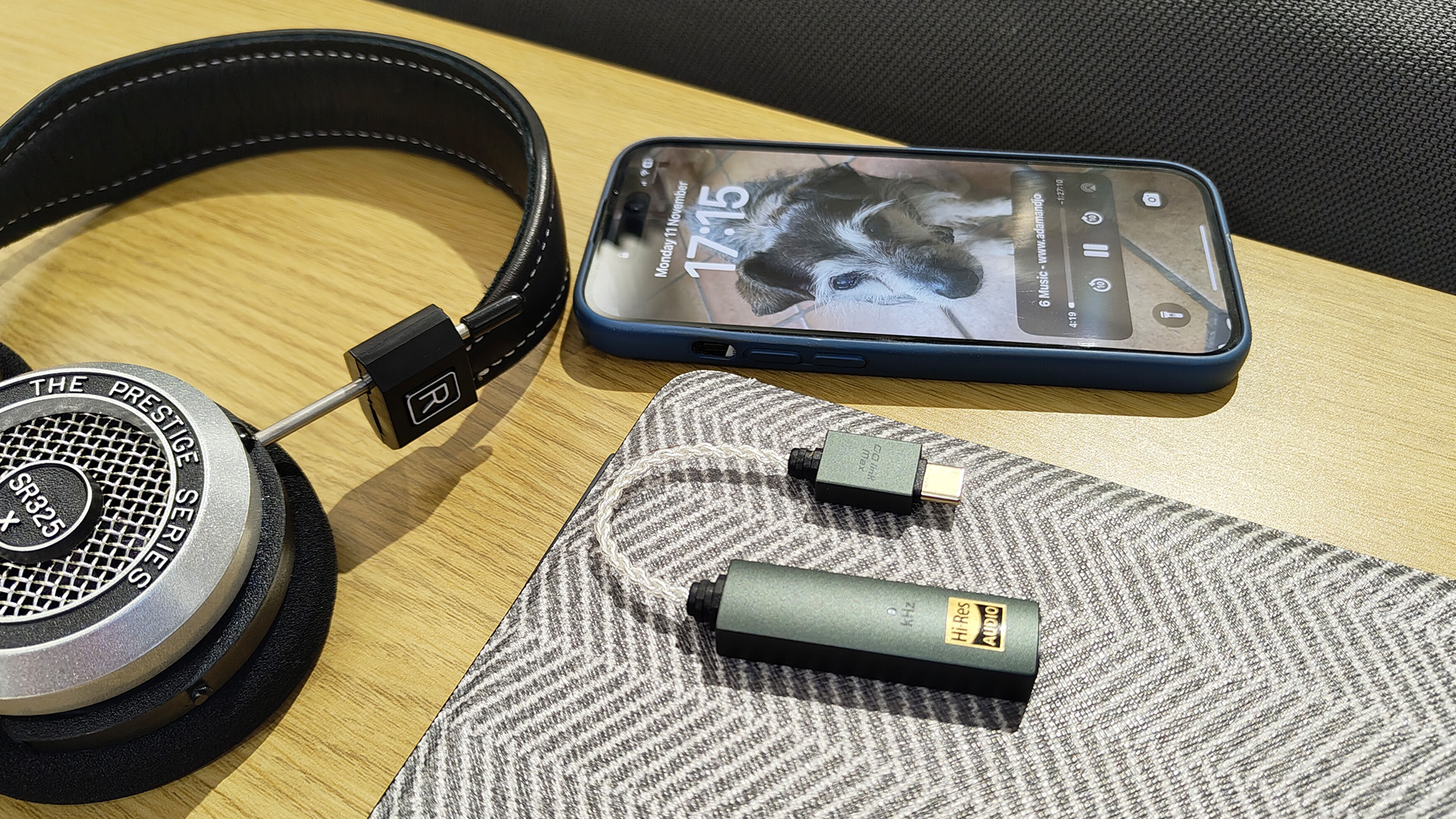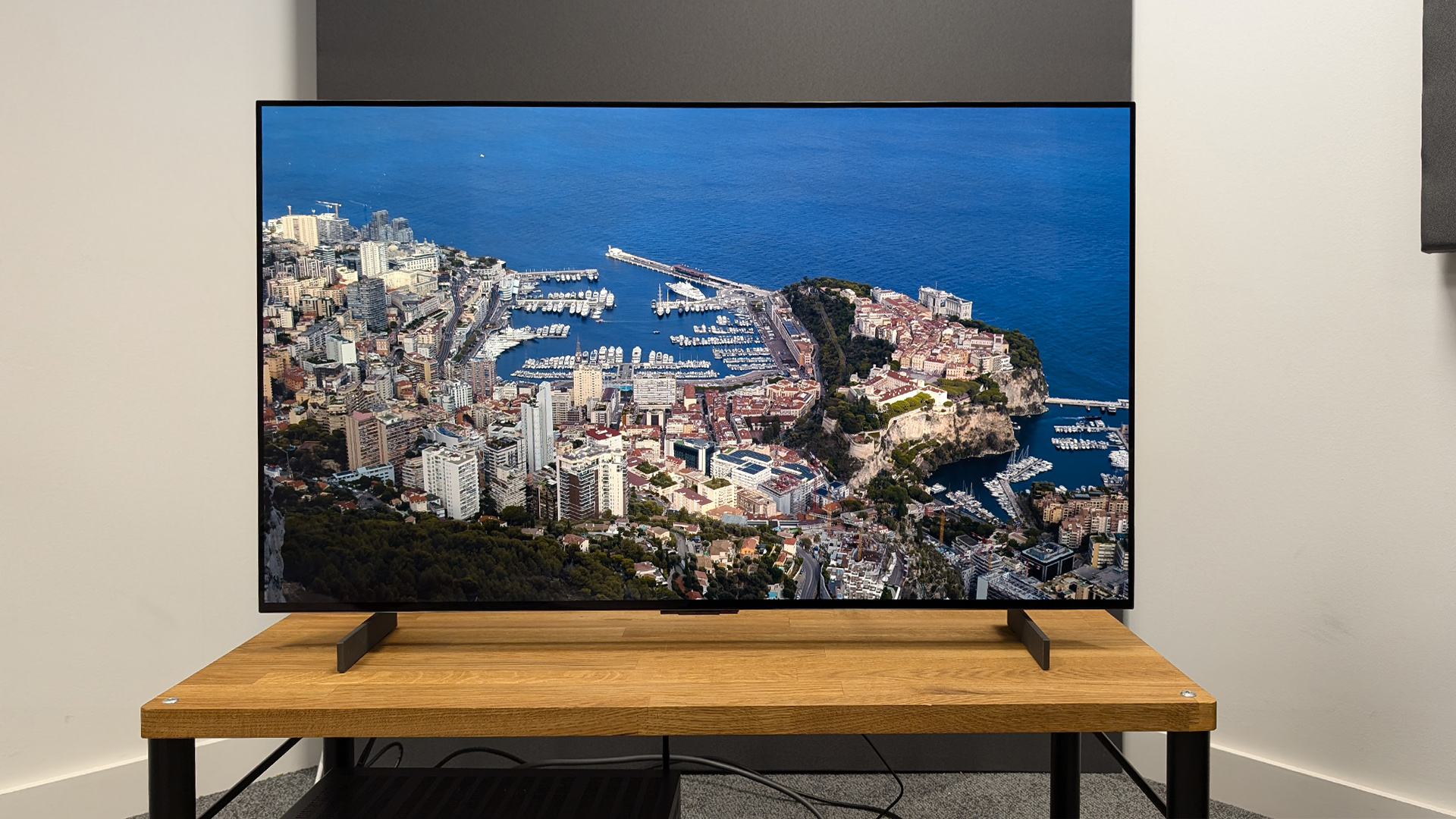Head-fi nuts, there’s a new class-leading analogue headphone amp in town
Austrian Audio's debut makes our buying guide, as does a recently reviewed budget portable DAC

Such is the dominance of digital audio today that it is rare to come across an all-analogue anything in hi-fi that isn’t a turntable or an associated component, let alone a headphone amplifier, a product type that nowadays increasingly pays heed to today’s digital sources by integrating a digital-to-analogue converter (DAC).
But like an expectant audience watching a magician ‘saw a person in half’, you have probably already guessed that we are about to introduce a rare exception. Indeed, in January our reviews team had the pleasure of the Austrian Audio Full Score One’s company, and with just RCA and balanced XLR inputs, the debut headphone amp from the burgeoning headphone brand is purer than such products typically now come. OK, so that doesn’t make it ideal – or possible, even – to put it directly between your laptop/phone and a pair of wired headphones to boost the quality of your digital music. But if you have an analogue hi-fi system (or a digital-friendly one that already has a DAC in it) and wish to boost its personal listening potential, the Full Score One is an ideal example of its kind. Its omission of a DAC is no more disappointing than the absence of a parsley sprig on a plate of fish and chips.
In fact, our Full Score One review calls it “one of the finest [analogue] examples we’ve come across in recent years”, so it’s no surprise that it has just entered our best headphone amplifiers buying guide as the 'best analogue' model. Indeed, it’s so good – and recommendable – that we made a sub-category for it in the guide especially.
The headphone amp costs £1299 / $1599 / AU$2499, so we’re looking at quite a serious bit of head-fi kit here that warrants sophisticated partners on either side. Our in-house experts tested the Full Score One with its natural headphones partner, Austrian Audio’s The Composer (22 ohms), plus the Sony MDR-Z1R (64 ohms), Focal Stellia (35 ohms), Grado RS-1x (38 ohms) and early generation Beyerdynamic T1 (600 ohms) – and all worked well. In fact, the amp can drive impedances from 10-600 ohms, so most of the headphones market is covered. At the other end, high-calibre sources were connected, including the Naim ND555/555 PS DR music streamer and a Technics SL-1000R / Vertere Dark Sabre / Cyrus Phono Signature /PSX-R2 turntable package.
“Sometimes a component that goes for tonal neutrality compromises on rhythmic drive and dynamic expression, but that is not the case here,” reads our five-star review. “This Austrian Audio delivers all the verve in the recording without diluting it one jot.” It’s superb when it comes to scale, authority, organisation and stereo imaging too, with its impressive grip on lower frequencies sealing its fate as one of the best performers we have come across at this price level, and giving us no choice but to include it as one of only eight models in our headphone amp buying guide.
And at the other end of the scale...

At pretty much the opposite end of the spectrum is a headphone amplifier designed purely to boost digital sources from a laptop or phone, on the go or at a desktop, and the iFi Go Link Max we reviewed just before Christmas 2024 has, like the Austrian Audio, proved a winner in its own class. It has entered our best DACs buying guide as the best budget portable model while also featuring in our headphone amplifier Best Buy guide.
You shouldn’t expect too much from a pocketable, dongle-like DAC that merely costs £79 / $79 / AU$139, but underestimate this little iFi at your peril – our Go Link Max review concludes that the musical “information dug out by the newer device goes a decent way beyond what you’d get if you were simply listening without a DAC at all”. More specifically, it provides “noticeable extra helpings of detail, dynamic contrast and punch to your tunes”. The slightly cheaper Go Link model that came before it, which we reviewed back in 2023 and were recently able to compare against the Go Link Max, is actually a little clearer and nimbler, but, somewhat fittingly for its name, the Max adds a greater deal of meaty muscle, especially at the lower end, to help drive songs along.
Get the What Hi-Fi? Newsletter
The latest hi-fi, home cinema and tech news, reviews, buying advice and deals, direct to your inbox.
As is customary nowadays for DACs, regardless of their size and price, the iFi supports hi-res audio – up to PCM 32-bit/384kHz and DSD256. Although perhaps more surprising is how well-featured the Go Link Max is for its modest form and outlay. There’s a USB-C socket at one end (for your source device), with two supplied adaptors that can be attached to also make it USB-A (computer) and Lightning (older iPhones) friendly, while the typical 3.5mm headphone output is also accompanied by a more niche balanced 4.4mm one, for balanced headphones terminated with that socket.
If you’re looking to affordably and conveniently boost the sound quality of your phone or laptop/computer (because let’s be honest, it needs it!), this iFi won’t let you down.
So there you have it – in a category that gets a lot less action than, say, TVs or turntables when it comes to new product launches, two models have arrived in our test rooms and proven their class-leading worth in as many months. Of course, the Austrian Audio and iFi will suit wildly different headphone users, but ultimately they both succeed in their goal of boosting personal listening.
MORE:
Hi-res music streaming services compared: is Tidal, Qobuz, Amazon or Apple Music better?
What is a headphone amplifier and why should you buy one?
Best audiophile headphones 2025: 9 best-sounding luxury pairs for music fans
Becky is the managing editor of What Hi-Fi? and, since her recent move to Melbourne, also the editor of the brand's sister magazines Down Under – Australian Hi-Fi and Audio Esoterica. During her 11+ years in the hi-fi industry, she has reviewed all manner of audio gear, from budget amplifiers to high-end speakers, and particularly specialises in headphones and head-fi devices. In her spare time, Becky can often be found running, watching Liverpool FC and horror movies, and hunting for gluten-free cake.

